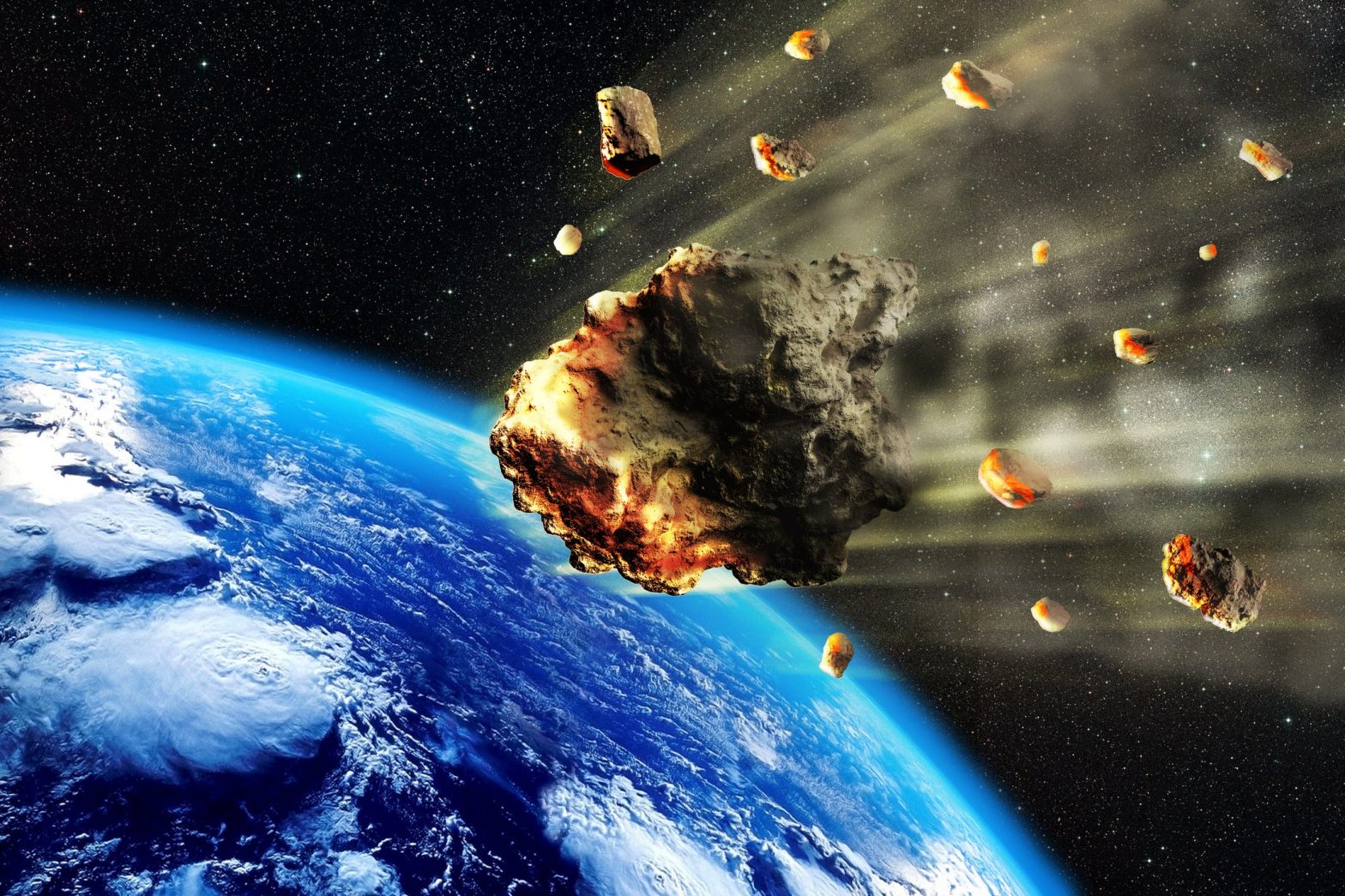SpaceX and Tesla (NASDAQ:TSLA) CEO Elon Musk is prone to hyperbole. Over the years, he’s uttered more than a few whoppers, many of which have been faithfully recorded on the metaculus.com website.
Remember how he predicted, back in 2016, that SpaceX would put a “Red Dragon” spacecraft on Mars in just a couple of years? (It never happened, and SpaceX later canceled plans to build a Red Dragon.)
Or do you recall Musk’s prediction that Tesla would go private at a valuation of “420”? (That got Tesla in hot water with the SEC — but with the stock now trading for nearly three times $420, I’ll bet Tesla investors are happy the 2018 prediction didn’t come to pass.)
In 2019, Musk was so confident about progress on Tesla’s autonomous driving software that he predicted by the end of the year, Tesla drivers could comfortably sleep at the wheel as their cars drove along autonomously. Full self-driving beta didn’t actually arrive until 2021 — and you still can’t sleep through it.
On the other hand, Musk has also hit surprisingly close to the mark from time to time. For example, in 2017 he predicted that Tesla would book a profit in early 2019 and remain profitable forever after. As it turned out, Tesla actually lost money in the first quarter of 2019 — and in the second quarter of 2019 as well. But in the third quarter — just six months behind schedule — Tesla earned a $143 million profit, and the electric car company has remained solidly profitable ever since.
But have you heard the Elon Musk prediction that could imperil his upcoming Starlink IPO?

Image source: Getty Images.
Elon Musk’s latest prediction
In an internal email (that quickly found its way external) in November, Elon Musk warned SpaceX employees of a “crisis” in the production rate of the company’s Raptor rocket engines — a crisis that was “quite frankly, a disaster” and “much worse than it seemed a few weeks ago.”
Failure to produce enough engines fast enough, warned the CEO, threatens to prevent SpaceX from launching its Starship mega-rocket “at least once every two weeks next year.” And unless SpaceX does reach that flight rate, “we face a genuine risk of bankruptcy,” said Musk.
Press the panic button?
And yet, while multiple news outlets reported on the Musk email, panic did not ensue. To the contrary, after years of being trained to take Musk’s pronouncements with a few grains of salt, the space community largely accepted the CEO’s dire warnings with equanimity.
Local Texas newspaper The Austin American-Statesman, for example, seemed skeptical of the proposition that SpaceX, which “has been valued at $100 billion in recent months,” was truly at risk of bankruptcy. TheVerge.com, too, questioned whether “SpaceX is truly in dire straights [sic].” And TheNextWeb.com suggested that Musk’s real aim in sending out his email may simply have been to “pressure staff to deliver” on Starship’s promise next year.
(Don’t) panic (yet)
I think they’re right.
At the heart of the CEO’s concern is the fact that SpaceX needs Starship to provide the lift capability — both in terms of volume and in terms of mass — to fly SpaceX’s new Starlink Satellite V2 to orbit. Most of the profits SpaceX expects to earn for itself in future years, after all, will come from the company’s Starlink broadband satellite business.
As Musk explains, SpaceX is “spooling up [Starlink] terminal production to several million units per year.” But it still needs to put a more advanced and “financially … strong” generation of Starlink satellites in orbit to service all of those terminals on the ground. Without the satellites, SpaceX’s hopes of turning Starlink into a $30 billion-a-year business could come to naught.
And yet, despite using words like “crisis” and “disaster” to describe the Raptor situation, Musk says he’s “confident” that Starship will reach orbit in 2022. For that matter, in tweets providing context to the leaked email, Musk later admitted that SpaceX isn’t really at risk of bankruptcy — not unless you first assume “a severe global recession” that will “dry up capital availability” at the same time as “SpaceX was losing billions on Starlink & Starship.”
And even then, the CEO finally admitted, bankruptcy would be “unlikely.”
If a severe global recession were to dry up capital availability/ liquidity while SpaceX was losing billions on Starlink & Starship, then bankruptcy, while still unlikely, is not impossible.
GM & Chrysler went BK last recession.
“Only the paranoid survive.” – Grove
— Elon Musk (@elonmusk) November 30, 2021
Granted, Musk probably should have included those caveats in his original email. Then again, that would have stripped the message of its sense of urgency. And the fact remains that SpaceX really does need to get Starship up and running — and fitted out with all the Raptor engines it needs — in order to grow its Starlink satellite constellation from the less than 2,000 satellites currently in orbit to the 12,000, or even 42,000, satellites Musk eventually hopes to launch.
$30 billion in annual revenues — and a planned Starlink IPO — depend on it.
This article represents the opinion of the writer, who may disagree with the “official” recommendation position of a Motley Fool premium advisory service. We’re motley! Questioning an investing thesis — even one of our own — helps us all think critically about investing and make decisions that help us become smarter, happier, and richer.
